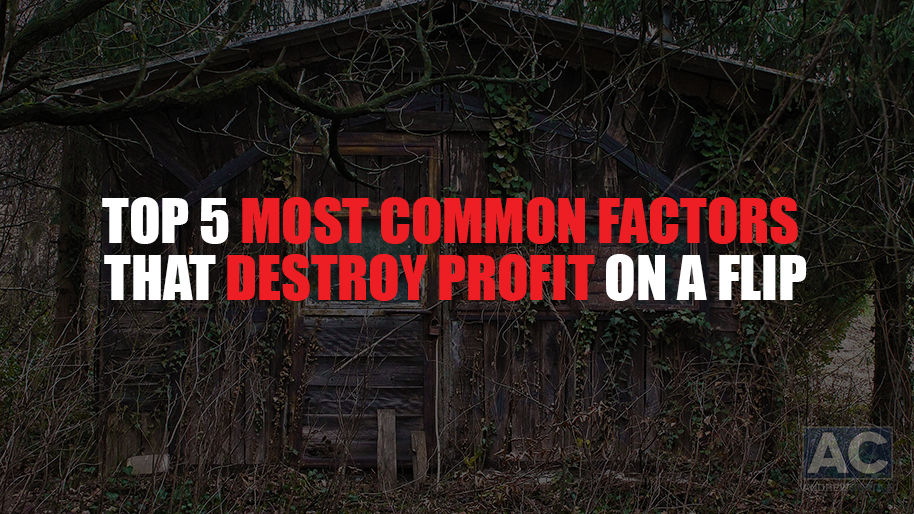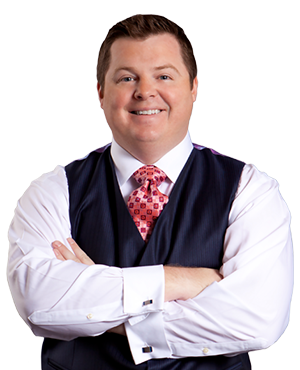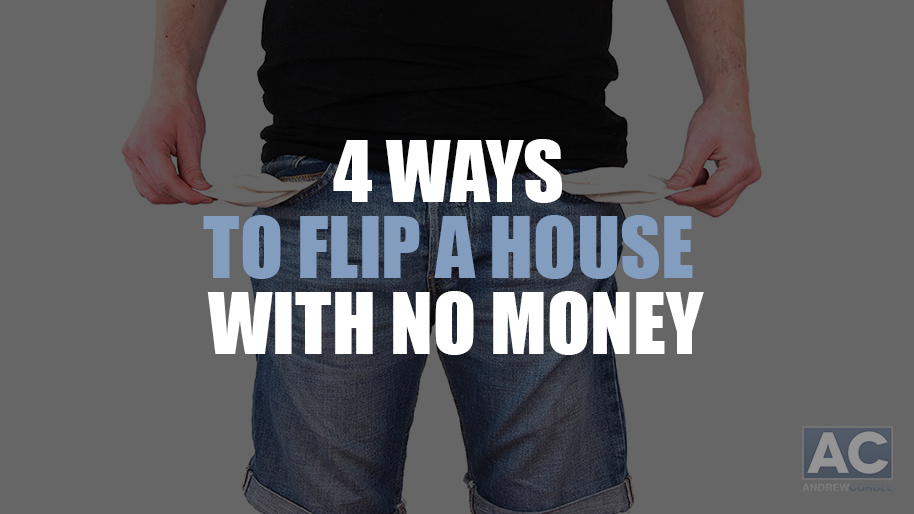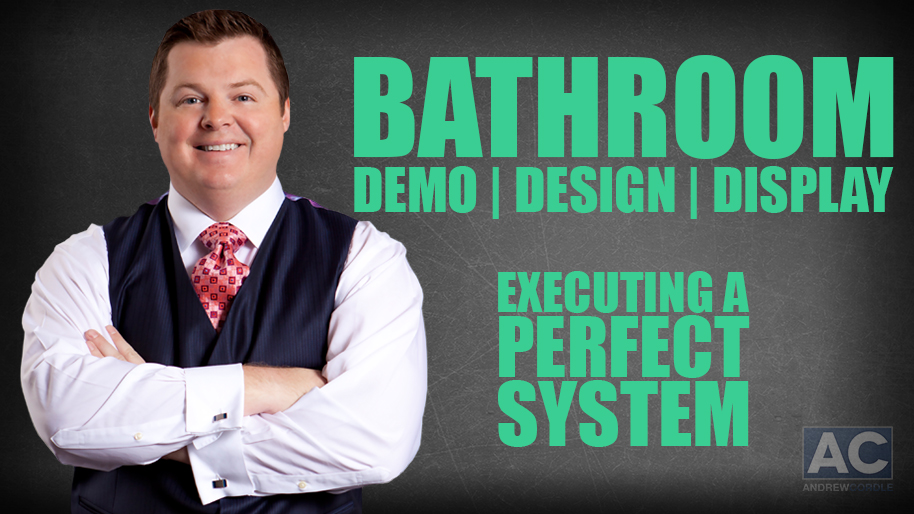Top 5 Most Common Factors That Destroy Profit on a Flip
January 21, 2015

As a real estate investor, turning a profit on a flip is how you make your living. It’s how you put food on the table and grow your business. A profitable flip supports your business and personal life. This post will discuss the top five factors that prevent both novice and experienced house flippers from turning a profit on a flip.
If you take these problems and apply the solutions to your business, there’s no reason why you can’t make a bigger profit on a flip!
Problem 1: You don’t have a realistic budget
Accurately analyzing repairs is a skill that always gets better with time and experience. After a few flips, you start to understand more of what to look for and extras to account for. Not all investors have time or experience.
If you have just jumped into the real estate investor game or you only do a couple of flips a year, you may have problems accurately calculating the cost of repairs. You may be able to turn a profit on a flip, but maybe you feel like you could be making more. What can you do?
Calculating repairs isn’t an exact science, but you can definitely get close! Try using my Budget Cheat Sheet. It is used for calculating general costs of material and labor. It also includes 10% of “fiscal wiggle room” to ensure that you can account for the unknown. Again, this does not calculate repairs down to the penny, but it will put you in an accurate ball park and should be included in your real estate investor tool box!
You could also walk rehabs with a contractor. It never hurts to ask for help, especially if you have built a great relationship with your contractors. Without somebody like a mentor or a tool like a budget cheat sheet, you will have a hard time knowing what to look for and how much it will cost to fix. Walking a potential flip with a contractor can help build a great relationship with them, as well as increase your understanding of what general repair costs are.
- Try using a budget calculator to determine repair costs
- Walk potential deals with a contractor
- When it comes to budgeting, always account for the unexpected
Problem 2: Over and under improving
More often than not, rehabs end up under repaired. Chances are if you have done the deal and are looking to begin repairs on the house, then you have calculated your ARV. You know how much your house should sell for, but do you know why it should sell for that much?
If you based your ARV on houses that had granite counter tops, then your rehab needs granite counter tops. Your house needs “wow” factors. If you under improve your house, there is no way you will to turn a bigger profit on a flip. You will only lose money from your house sitting on the market and from having to cut pricing.
The same thing can happen if you over improve a house. If you completely gut the inside of a house and expect to get a much higher ARV than the houses surrounding it, you’ll be bleeding cash.
- Know what updating your ARV entails
- Pay attention to what other houses in the area are selling for
- Have “wow” factors, but don’t overdo it
Problem 3: Not managing time frame or budgeting
As a real estate investor, “Time is money” is a quote to live by. Your time and budget directly affect your profit on a flip. The longer your rehabs take the more money you lose. It’s as simple as that. Having a system in place that sets a clear expectation can effectively manage both.
Most real estate investors have a payment plan in place. Whenever specific goals are met, a predetermined amount is paid. While this is an effective way to manage the money being spent, without an effective time frame in place it could lead to rehabs being dragged out.
The time frame formula that I use is 10k a week in repairs plus one week. For example, if I have an estimated 40k in repairs, my rehab time should be five weeks. Depending on the resources at your disposal, you may or may not be able to meet this expectation. Find a timeframe that works for you and stick to it.
- Have a system in place
- Effectively managing your time will help manage your budget
- Set clear expectations and stick to them
Problem 4: Not planning for the unexpected
I mentioned this point earlier, but it is so important it needed its own paragraph. No matter what your level of experience in the house flipping industry is, unexpected things to happen. Whether it is a problem that happens during construction or a problem that was just overlooked during analysis, not planning for the unknown could send you into a tailspin and potentially kill your profit on a flip.
This point also ties in with managing your time. Adding an extra week to your time frame allows you the flexibility to run into problems and still meet your deadline. If you want to profit on a flip, you need to expect the unexpected. Add an extra 10% into your budget. Throw an extra week onto your estimated time for repairs.
Most importantly, act! Don’t let an unexpected problem come between you and your goals. If a problem comes up, take a few minutes to think out your options and make a decision. The worst thing you can do is sit around and hold up all progress. Remember, unexpected things happen, don’t let it get you down! If you have a system in place and you act, there is no problem you can’t overcome.
- Allow an extra 10% in your budget
- Add an extra week to your timeframe based on your repair schedule
- Act! Don’t let unexpected problems hold up your progress
Problem 5: Under and over pricing
Your selling price is the biggest factor in what kind of profit on a flip you’re going to make. If all of your repairs have gone according to plan then your ARV should be your end price. Underpricing your flip will probably get it sold fast, but you will be killing your own profit and killing property values in the neighborhood.
After investing time and money into a rehab, you may become very emotionally attached and feel that it deserves a higher price that your estimated ARV. This is another great way to kill your profit on a flip. Your flip will just sit on the market until you take a lower price on it.
Know your ARV and stick to it when pricing your flip. If you effectively plan this from the start, you’ll have an easier time managing the expectations you have for your rehab.
- Know your ARV
- Keep emotions out of your pricing decision
- Plan your pricing from the start and stick to it
The goal of avoiding these mistakes is to not just profit on a flip, but to profit on every flip. Managing your time, money and expectations will go a long way towards increasing your profitability. Try implementing some of the solutions to these problems and see how well it turns out for you. It could be the difference between a good flip and an amazing flip!













